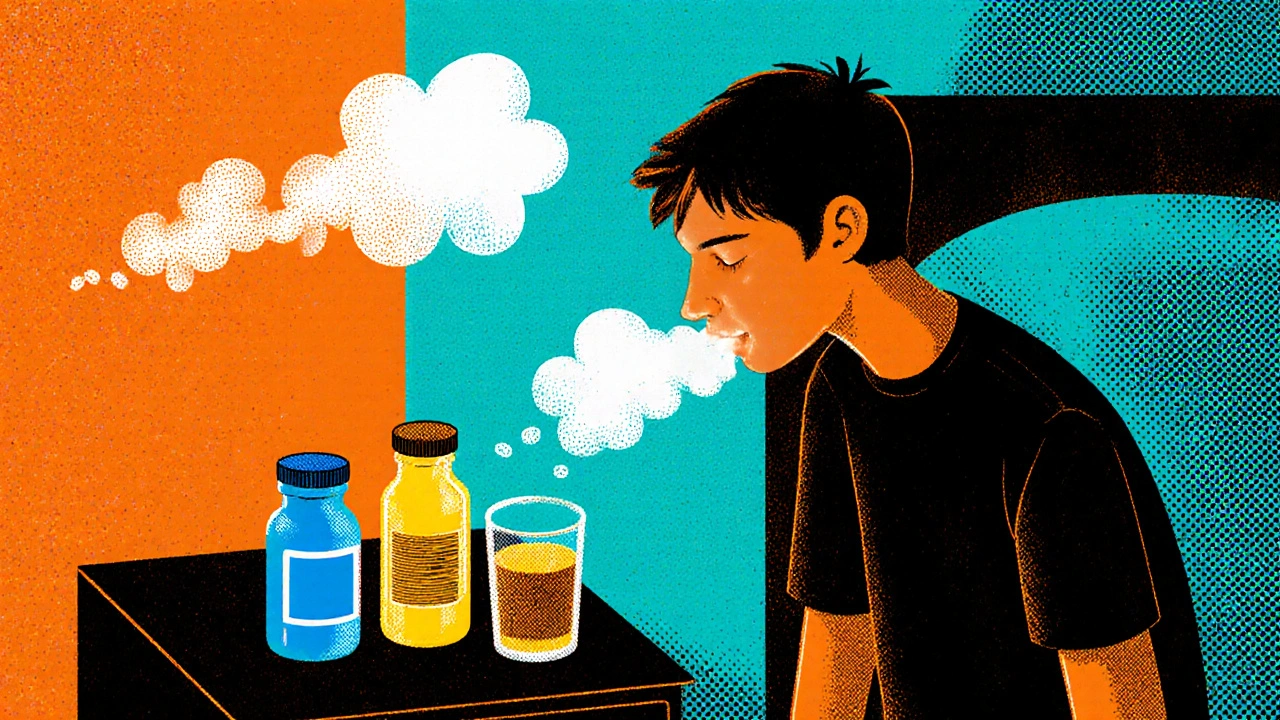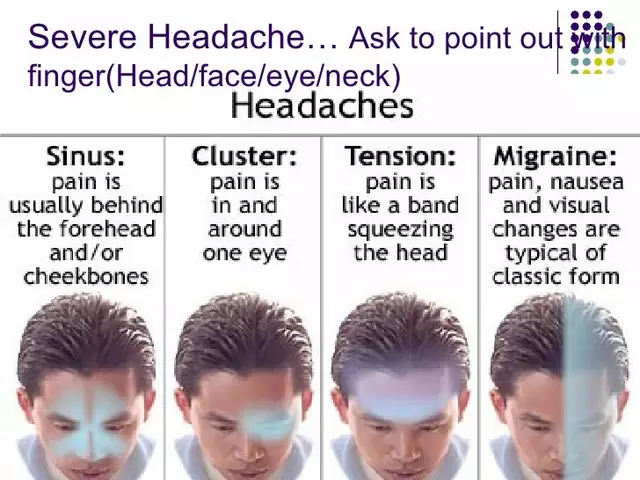Opioid Benzodiazepine Risk: Understanding the Deadly Combo
When you combine opioid benzodiazepine risk, the dangerous interaction between opioid painkillers and benzodiazepine sedatives that can shut down breathing. Also known as central nervous system depressant synergy, it’s one of the most preventable causes of accidental overdose in the U.S. This isn’t a theoretical concern—it’s happening right now in hospitals, clinics, and homes. The CDC reports that over 30% of opioid overdose deaths involve benzodiazepines. That’s not a coincidence. It’s a pattern.
Both opioids and benzodiazepines slow down your brain’s control over breathing. Opioids target pain and pleasure centers, but they also mute signals that tell your body to breathe. Benzodiazepines—like Xanax, Valium, or Klonopin—calm your nerves by boosting GABA, a brain chemical that slows everything down. When you take them together, they don’t just add up. They multiply. One pill might make you drowsy. Two together can stop you from waking up if your oxygen drops. It’s not about being "strong" or having a high tolerance. Even people who’ve taken these drugs for years can suddenly stop breathing if the doses line up wrong.
This risk isn’t limited to street drugs. It shows up in prescriptions too. A doctor might prescribe oxycodone for back pain and alprazolam for anxiety, thinking both are harmless on their own. But they don’t always warn you about the combo. And patients? They often don’t know to ask. The real danger isn’t just the drugs themselves—it’s the silence around them. Studies from the Journal of the American Medical Association show that people on both drugs are 10 times more likely to die from overdose than those on opioids alone. That’s not a small bump. That’s a cliff.
It’s not just about accidental overdoses. This combo also makes people more likely to fall, pass out, or get stuck in a cycle of dependency. Older adults are especially at risk because their bodies clear these drugs slower. People with sleep apnea or lung disease? Even more vulnerable. And if you’re taking these with alcohol—or even some sleep aids or muscle relaxants—the risk spikes again. There’s no safe level of mixing. Not for one night. Not for a week. Not ever.
So what can you do? If you’re on either drug, ask your doctor: "Could this interact with something else I’m taking?" If you’re prescribed both, push for alternatives. There are non-addictive pain options. There are therapy-based approaches for anxiety. You don’t have to live with this risk. If you’re already on both, don’t quit cold turkey—that can be dangerous too. Talk to your provider about a safe taper plan. The goal isn’t just to survive. It’s to live without this shadow hanging over you.
Below, you’ll find real stories and science-backed guides on how these drugs affect the body, what alternatives exist, and how to spot the warning signs before it’s too late. No fluff. No marketing. Just what you need to know to protect yourself or someone you care about.

- Oct 25, 2025
- Posted by Cillian Osterfield
Dangers of Mixing Sedatives: How CNS Depression Can Be Fatal
Learn why mixing sedatives like opioids, benzodiazepines, alcohol, and sleep meds can cause deadly CNS depression and how to avoid it.
Categories
- Health and Wellness (57)
- Medications (39)
- Health and Medicine (22)
- Pharmacy Services (10)
- Mental Health (5)
- Health and Career (2)
- Medical Research (2)
- Business and Finance (2)
- Health Information (1)
Latest Posts
©2025 heydoctor.su. All rights reserved





